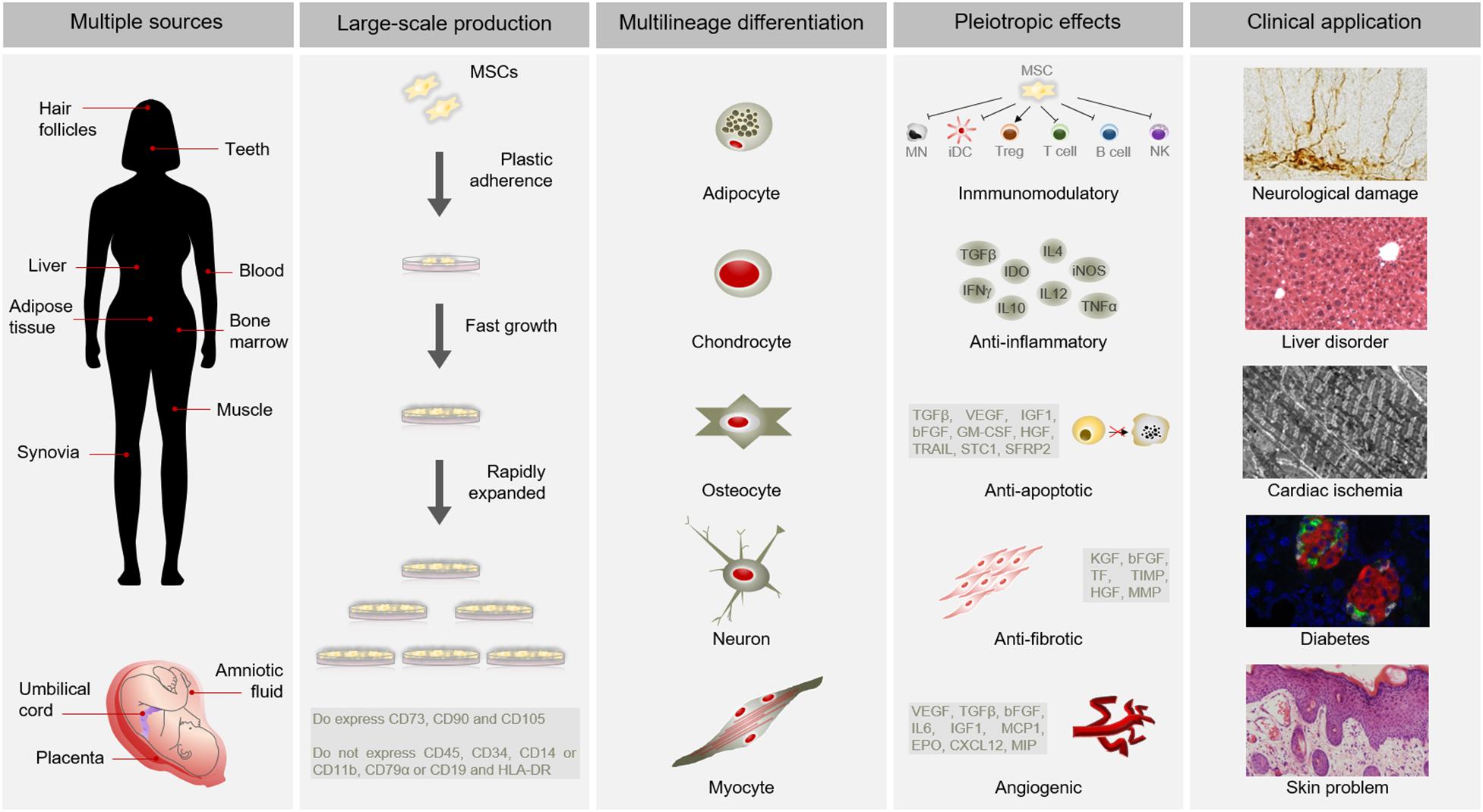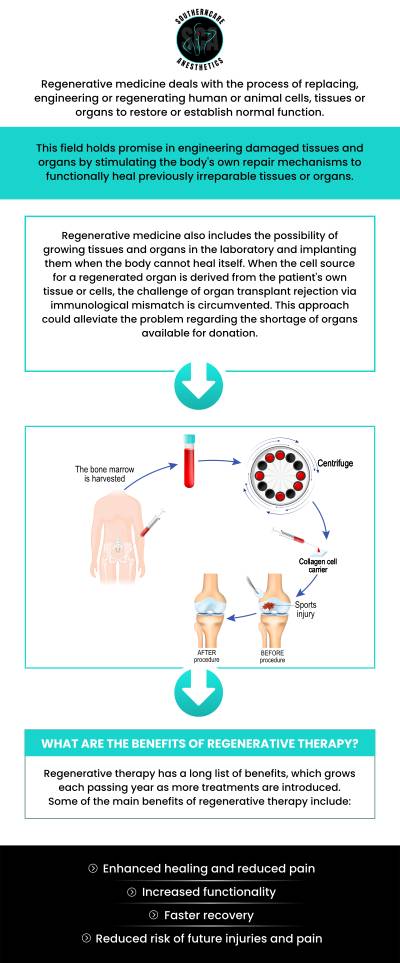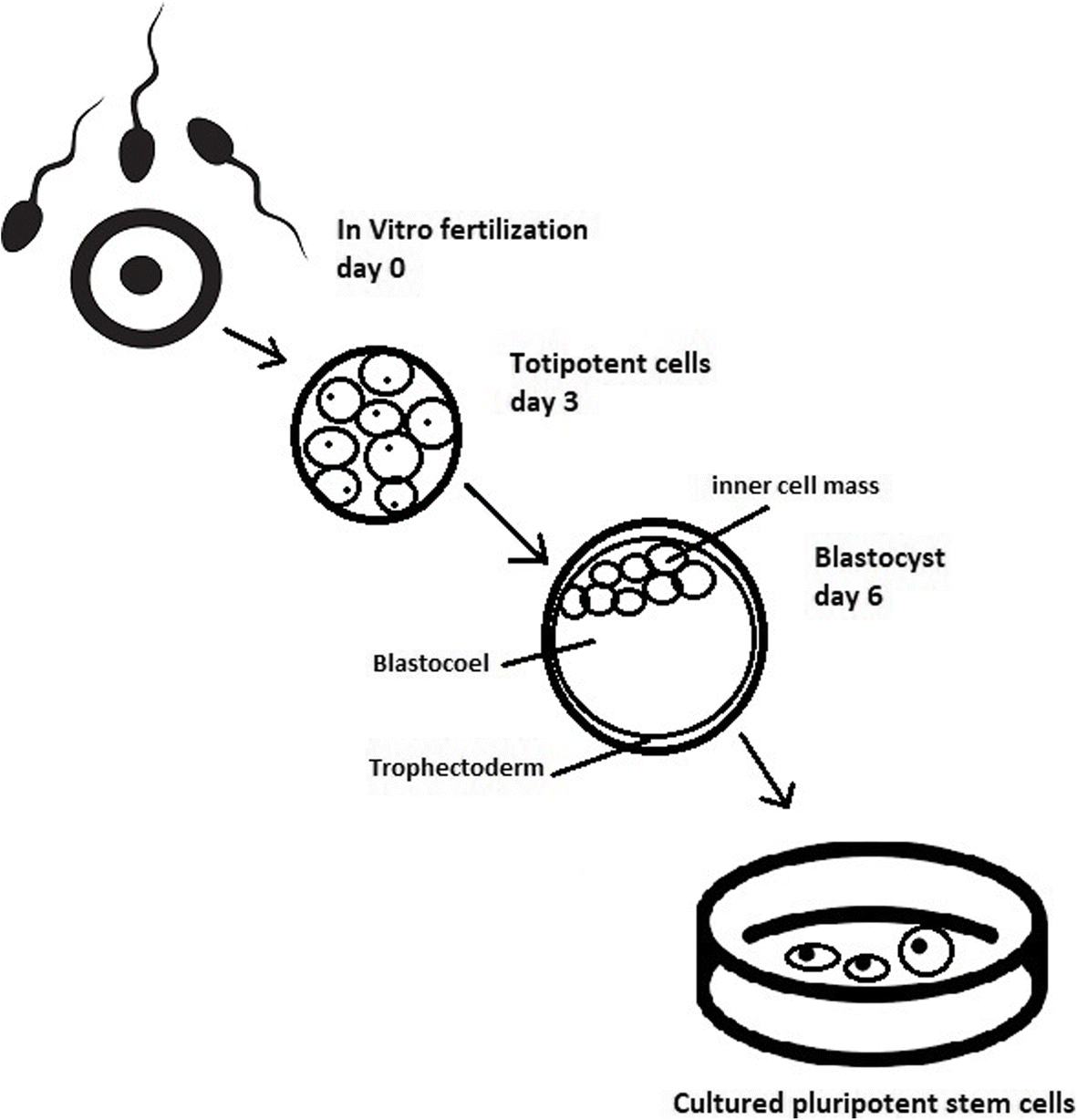Table of Contents

[/image][=video]
[/video]
There are several types of stem cells. In general, the term stem cell describes a group of cells that give increase to various other cells (like skin, blood, heart, and muscular tissue cells) by replicating and setting apart in feedback to chemical signs. Totipotent stem cells show up at the earliest phase of development and are the only stem cells which can generate embryonic stem cells and the placenta.
Bone marrow transplant (BMT) is an unique treatment for individuals with specific cancers cells or various other diseases. A bone marrow transplant involves taking cells that are usually discovered in the bone marrow (stem cells), filtering those cells, and providing back either to the benefactor (individual) or to another individual. The objective of BMT is to transfuse healthy bone marrow cells right into a person after his or her own undesirable bone marrow has actually been treated to kill the abnormal cells.
Bone marrow is the soft, mushy tissue found inside bones. It is where a lot of the body's blood cells develop and are kept. The blood cells that make other blood cells are called stem cells. One of the most primitive of the stem cells is called the pluripotent stem cell. This is different than various other blood cells with regard to the complying with residential or commercial properties: It is able to replicate one more cell the same to itself.
It is the stem cells that are needed in bone marrow transplant. The objective of a bone marrow transplant is to treat several illness and kinds of cancer cells. When the dosages of chemotherapy or radiation required to cure a cancer are so high that an individual's bone marrow stem cells will be completely harmed or damaged by the therapy, a bone marrow transplant might be required.
Menopause Treatment
This process is often called rescue. Replace bone marrow with genetically healthy and balanced functioning bone marrow to avoid more damage from a genetic disease process (such as Hurler's syndrome and adrenoleukodystrophy). The threats and advantages must be considered in a thorough conversation with your medical care carrier and experts in bone marrow transplants before the treatment.
There are different kinds of bone marrow transplants depending upon that the contributor is. The different types of BMT include the following: The donor is the client himself or herself. Stem cells are drawn from the individual either by bone marrow harvest or apheresis (a procedure of accumulating outer blood stem cells), frozen, and after that returned to the patient after intensive treatment.
The donor shares the exact same genetic kind as the client. Stem cells are taken either by bone marrow harvest or apheresis from a genetically matched contributor, generally a sibling or sibling. Other contributors for allogeneic bone marrow transplants may consist of the following: A haploid-identical match is when the donor is a parent and the genetic suit is at the very least half the same to the recipient.

Matching includes inputting human leukocyte antigen (HLA) cells. The antigens on the surface of these special white blood cells identify the hereditary makeup of a person's immune system. There are at the very least 100 HLA antigens; nevertheless, it is thought that there are a couple of significant antigens that establish whether a benefactor and recipient suit.
Medical research is still exploring the duty all antigens play in the procedure of a bone marrow transplant. The even more antigens that match, the much better the engraftment of contributed marrow. Engraftment of the stem cells takes place when the donated cells make their way to the marrow and start making new members cells.
Stem Cell Therapy around Pontiac, Michigan
All people function with each other to provide the best chance for an effective transplant. The team consists of the following: Health care carriers that specialize in oncology, hematology, immunology, and bone marrow transplant.
Experts that will help you fulfill your nutritional needs prior to and after the transplant. They will certainly work carefully with you and your family members. Professionals who will aid you come to be strong and independent with movement and endurance after the transplantation. Chaplains who give spiritual treatment and support. Several various other employee will certainly examine you prior to transplantation and will give follow-up care as needed.

A full clinical background and physical examination are carried out, consisting of numerous examinations to review the patient's blood and body organ features (for instance, heart, kidney, liver, and lungs). A patient will certainly commonly enter into the transplant center up to 10 days before transplant for hydration, analysis, positioning of the main venous line, and various other prep work.
Blood items and medicines will be given through the catheter during therapy. For an allogeneic transplant, an ideal (cells typed and matched) contributor should be offered. Locating a matching contributor can be a challenging and lengthy procedure, particularly if a brother or sister match is not readily available. Volunteer marrow donors are registered in numerous national and worldwide computer registries.
Contributor sources available consist of: self, sibling, parent or family member, nonrelated person, or umbilical cable from a relevant or nonrelated individual. There are nationwide and worldwide pc registries for nonrelated individuals and cable blood.
Hormone Therapy local to Pontiac
Examinations connected to his or her wellness, exposure to infections, and genetic analysis will be done to establish the level of the match. The contributor will certainly be given directions on exactly how a bone marrow donation will certainly be made. When a suit for an individual requiring a bone marrow transplant is found, after that stem cells will certainly be collected either by a bone marrow harvest.
Or by an outer blood stem cell collection. This is where stem cells are accumulated from the distributing cells in the blood.
Navigation
Latest Posts
Menopause Therapy around Pontiac
Stem Cell Therapy
Menopause Treatment local to Pontiac, Michigan